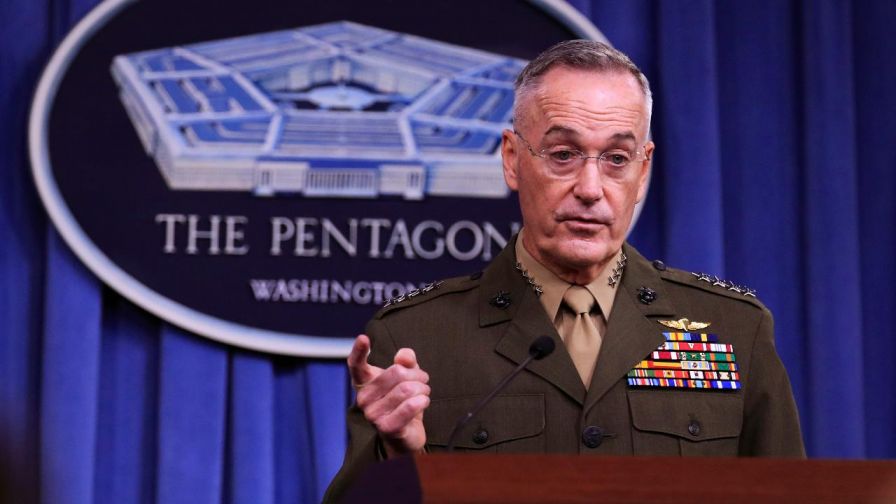Niger ambush killed four US soldiers: Timeline of what we know

U.S. military officials sought permission to send an armed drone near a patrol of Green Berets before a deadly ambush Oct. 4 in Niger, but the request was blocked, raising questions about whether those forces had adequate protection against the dangers of their mission.
New information shows the Green Beret team was part of a larger mission, one potentially more dangerous than initially described, and one believed to merit an armed drone. But the request was blocked in a chain of approval that snakes through the Pentagon, State Department and the Nigerien government, according to officials briefed on the events.
One focus of military investigations into what happened in Niger will be what a military official now says were two changes in the mission of the Green Beret team—from initially training Nigerien forces, to advising on a mission to capture or kill a wanted terrorist, to investigating the terrorist’s abandoned camp.
On Oct. 4, after the U.S.-Nigerien team had destroyed the camp, four Americans and five Nigerien soldiers were killed in a firefight with suspected Islamic State fighters, and two other Americans and as many as eight Nigeriens were wounded.
The ambush and the circumstances surrounding it have taken on political weight in Washington as the deadliest military clash for Americans since President Donald Trump took office. Sen. John McCain (R., Ariz.), chairman of the Senate Armed Services Committee, has pressed for more information, and a public spat broke out about condolence calls by Mr. Trump.
The drone request suggests that military officials were aware of a change in the security landscape in western Niger, where more than two dozen previous patrols had been conducted without incident. Intelligence indicated a low risk of enemy contact, and there had been no enemy attacks on U.S. forces there for the past year, according to officials investigating the incident.
The initial decision against the use of an armed drone reflects an effort by the U.S. mission in Niger to maintain a light footprint in the country amid local resistance to the deployment of armed aircraft—a challenge for officials also seeking to adequately support U.S. troops there.
Hi! I am a robot. I just upvoted you! I found similar content that readers might be interested in:
http://www.boards2go.com/boards/board.cgi?action=read&id=1509146897.54441&user=thevictors